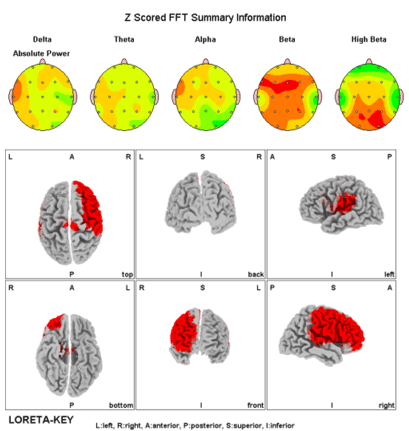Utilizing the Potential of Biometric Feedback to Revolutionize Chronic Discomfort Control and Enhance Standard of Life
Chronic pain is a syndrome that affects countless of people across the globe. It can be caused by multiple factors, including traumas, illnesses, or even anxiety. For many individuals, managing chronic pain can be a daily struggle that impacts their standard of life. Traditional treatments often include drugs, physical therapy, and occasionally surgery. However, these methods do not always offer the relief that individuals seek. Recently, biofeedback has surfaced as a promising option for managing chronic pain and enhancing overall well-being.Biofeedback is a method that teaches patients how to control specific bodily functions by utilizing signals from their own physiology. This method involves using sensors that track physiological responses such as heart rate, muscle tension, and skin temperature. By providing immediate feedback, individuals can discover to recognize their body's responses to pain and stress. This consciousness allows them to develop strategies to handle their pain more effectively. For instance, if a patient notices that their muscle tension rises when they are in pain, they can practice relaxation strategies to help reduce that tension.

One of the key advantages of biofeedback is that it empowers patients to take an active role in their pain management. Instead of relying solely on medications or treatments from medical providers, patients can learn to understand and control their own bodies. This sense of control can lead to increased confidence and a more positive outlook on life. Many individuals indicate feeling more in control of their pain and less like sufferers of their syndrome. This change in perspective can substantially improve their standard of life.
Research has demonstrated that biofeedback can be effective in reducing chronic pain symptoms. Research indicate that patients who use biofeedback methods often undergo less pain and better physical ability. Additionally, biofeedback can help lessen anxiety and stress, which are frequent concerns for those dealing with chronic pain. By addressing both the physical and emotional aspects of pain, biofeedback offers a holistic approach to pain management. This comprehensive method can lead to superior outcomes for individuals, allowing them to engage more fully in their daily activities.
In conclusion, biofeedback is a click resources valuable tool for transforming chronic pain control. By educating patients to comprehend and regulate their physiological responses, biofeedback empowers patients to take control of their pain. This method not only helps alleviate pain but also improves overall standard of life. As more individuals seek alternatives to traditional pain management methods, biofeedback emerges as a potential solution. With ongoing investigation and awareness, biofeedback could become an essential part of chronic pain therapy, helping individuals lead healthier, more fulfilling lives.